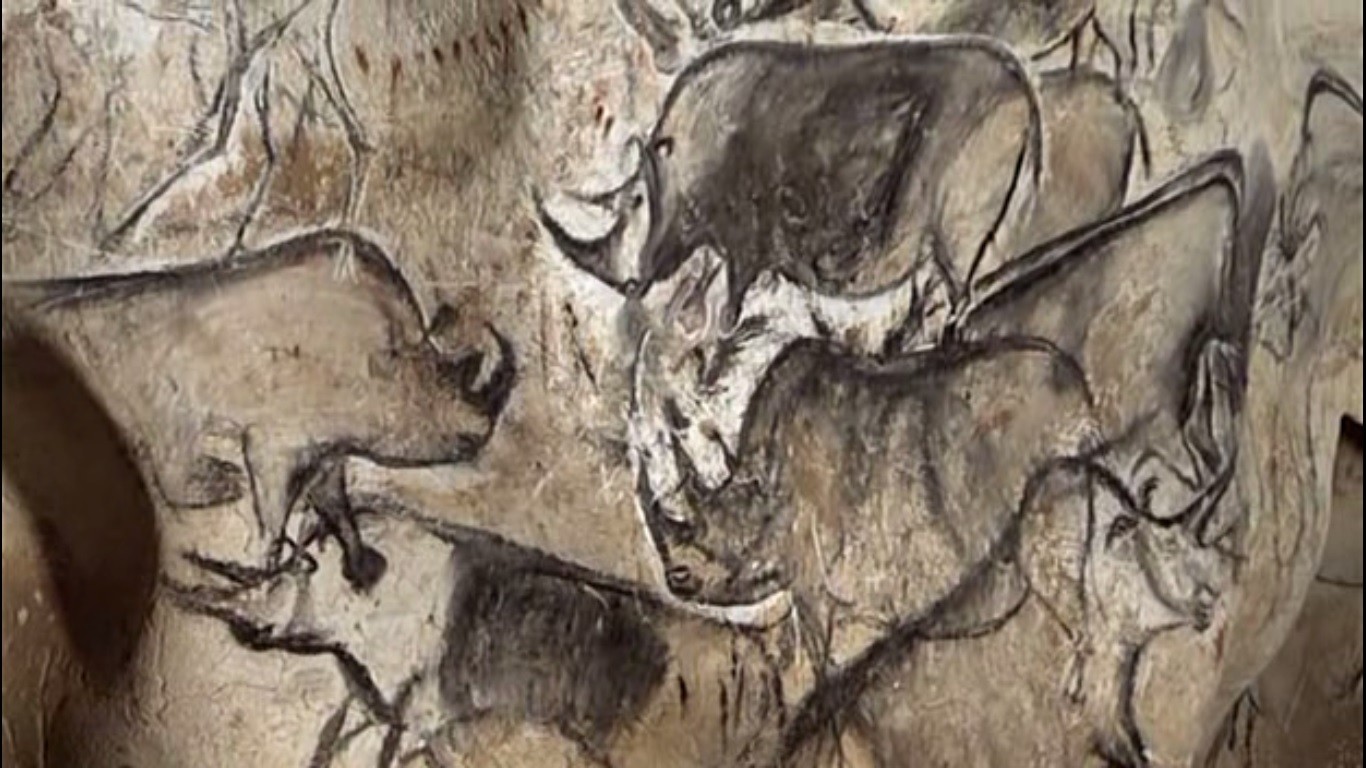Images of wild cattle and hand stencils discovered in a remote cave in Borneo have now been dated to between 40,000 and 52,000 years ago, making them the earliest-known examples of figurative art, archaeologists reported Wednesday in Nature.
Western Europe is usually thought of as the cradle of prehistoric art, thanks to the spectacular paintings and figurines found in Stone Age caves in France and Germany. But it appears that people in Southeast Asia came up with strikingly similar ideas before their European brethren, researchers reported
The study sheds light on the question of how and why one of the characteristics that we consider unique to humans, figurative art, apparently arose not once but twice, at the opposite ends of what was then the inhabited world.
The researchers trudged for weeks through the jungle of East Kalimantan, a province of Indonesian Borneo, to study prehistoric paintings made in the limestone caves in the region. There are thousands of images, spread across at least 52 sites, that have been documented since the 1990s, but had not been precisely dated until now.
read more at haaretz.com
Ask me anything
Explore related questions





